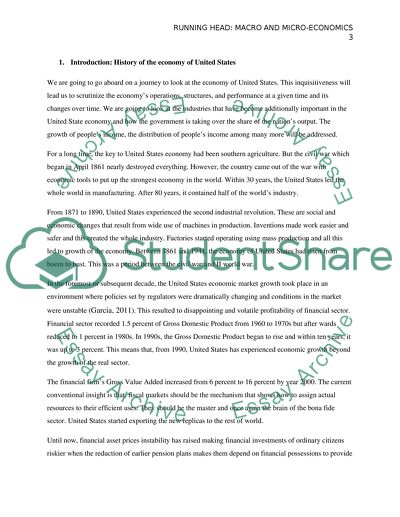Cite this document
(“United States Economy Research Paper Example | Topics and Well Written Essays - 1500 words”, n.d.)
Retrieved from https://studentshare.org/macro-microeconomics/1393245-united-states-economy
Retrieved from https://studentshare.org/macro-microeconomics/1393245-united-states-economy
(United States Economy Research Paper Example | Topics and Well Written Essays - 1500 Words)
https://studentshare.org/macro-microeconomics/1393245-united-states-economy.
https://studentshare.org/macro-microeconomics/1393245-united-states-economy.
“United States Economy Research Paper Example | Topics and Well Written Essays - 1500 Words”, n.d. https://studentshare.org/macro-microeconomics/1393245-united-states-economy.


